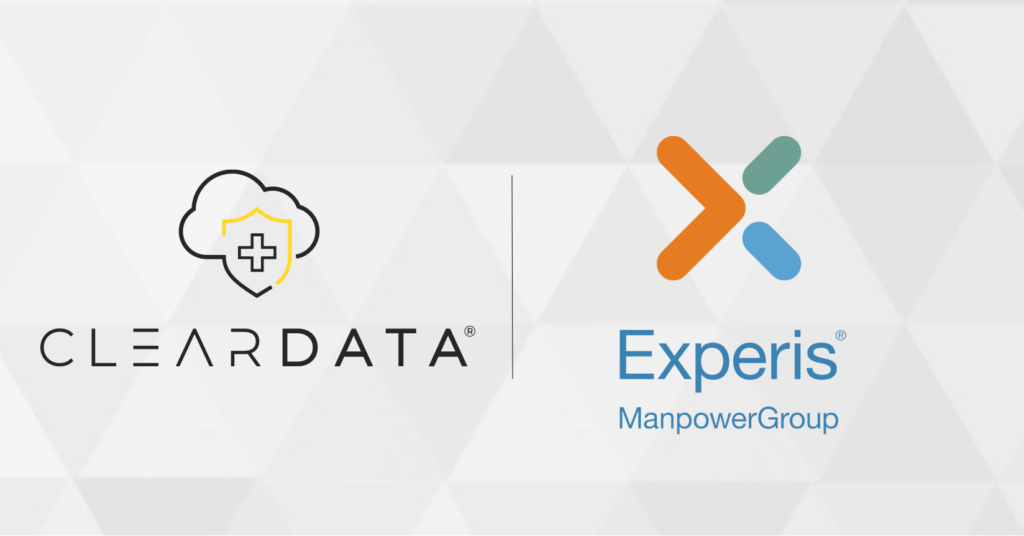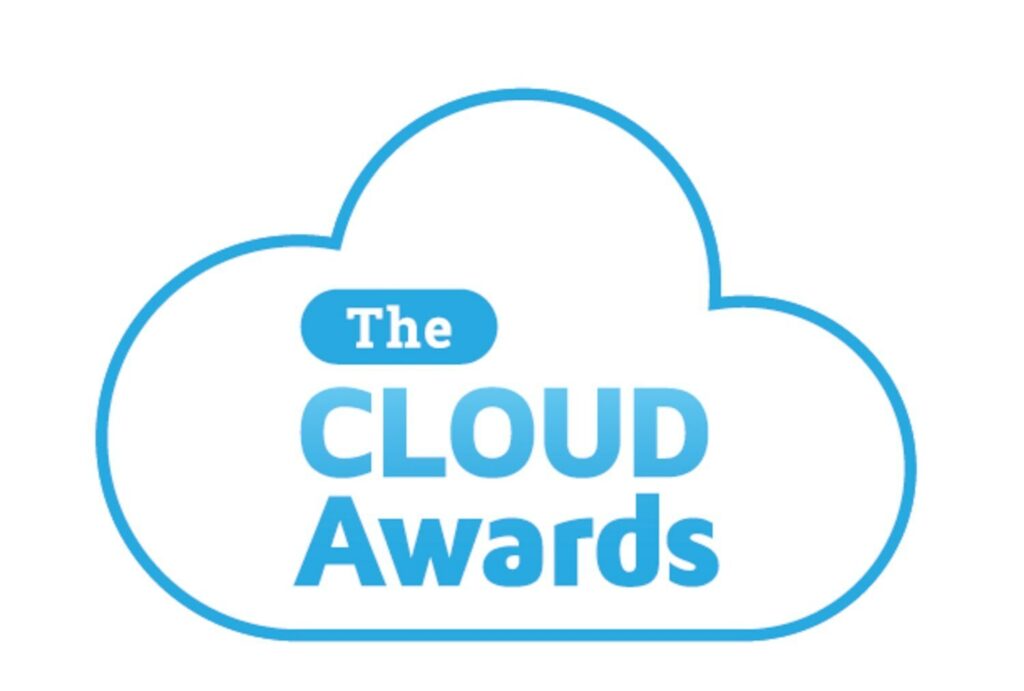Clearing up the ambiguity of the cloud for healthcare
In the 1990s and 2000s, the options for hosting data on the Internet were archaic, suffering from availability outages, performance issues and the inability to scale. In addition to these technical issues, most healthcare CIOs at that time demanded the ability to “touch and feel” their data. The notion of moving to the cloud was not one that brought a great deal of peace of mind.
In time, non-mission critical workloads such as e-commerce slowly transitioned to cloud computing environments. As the IT began to mature and evolve, and due to the large capital expenditures required to facilitate important tasks such as de-identifying patient data, many healthcare administrators began to welcome Amazon Web Services with its massive public cloud. When cloud service providers started providing PCI security assessments and HITRUST capabilities, highly regulated workloads were relocated to the cloud as well. During this period of transformation, the cloud pushed our industry to find a stronger focus on IT performance, availability and security, and that is where we continue to trend today.
To learn more about the current, and future, states of utilizing the cloud in healthcare, I contacted Matt Ferrari, Co-Founder and Former CTO, ClearDATA.
I. CIO objections
When asked about the objections healthcare CIOs raise when considering a move to the cloud, Ferrari cites three key areas of concern:
- the ability to touch and control their data and infrastructure;
- controlling cost centers, and
- having their staff understand their full stack.
Notable quote: “[Moving to a cloud environment] it’s a career change, myself included, by the way, as I ran my own data center for years.”
II. Reaping the benefits
Ferrari provides a powerful, real example from an academic CIO showing the many benefits his organization found leveraging the cloud during a Big Data application deployment. These benefits included:
- the short period of time required to be online;
- the ability to scale quickly while meeting compliance standards.
Notable quote: “Cloud service providers are utilizing bleeding-edge technology to actually drive automation.”
III. How to use the cloud when preparing for a bear attack
It’s been said that preparing for a cyberattack is like preparing for a bear attack. “You don’t prepare to fight the bear. You prepare to be faster than the person standing next to you.” Ferrari discusses how security within cloud computing environments has evolved. He cites tremendous improvements relative to:
- log management;
- threat management alerts; and
- enabling a more proactive security environment within healthcare organizations.
Notable quote: “Many public and private cloud providers now have virtual appliances or, let’s say, capabilities for specific configurations whether it be PCI or SOC or HIPAA or HITRUST or HITECH. “
IV. Learning from other industries
When asked if he believes that healthcare is still behind other industries relative to maximizing the benefits of cloud computing, Ferrari provides “a bit of a controversial answer.” He believes:
- healthcare has been an IT laggard for too long; and
- given the similar workloads and regulatory nature of financial services performed within the cloud, healthcare should feel more comfortable making the move.
Notable quote: “I will tell you that a large bellwether for the healthcare laggards, if you will, have been going out and looking at what similar workloads do other industries use that are similar to healthcare and certainly banking and financial services use a lot of the same ones.”
V. What’s within reach
When discussing the future of the cloud in healthcare, Ferrari cites PaaS (Platform-as-a-Service) and containerization as two compelling features healthcare organizations will be able to benefit. He goes on to describe:
- organizations will consume public cloud services in a secure manner specific to its applications; and
- such activity is already occurring within the payor space; and
as more security layers are added to such containers, similar adoptions will become more widespread.
Notable quote: “So, what I think you are going to see over time is that those kind of container platforms, those kind of Platform-as-a-Service platforms, are going to continue to be adopted heavily.”
August 19, 2016
Jason Free, Executive Editor, HIT Leaders and News


